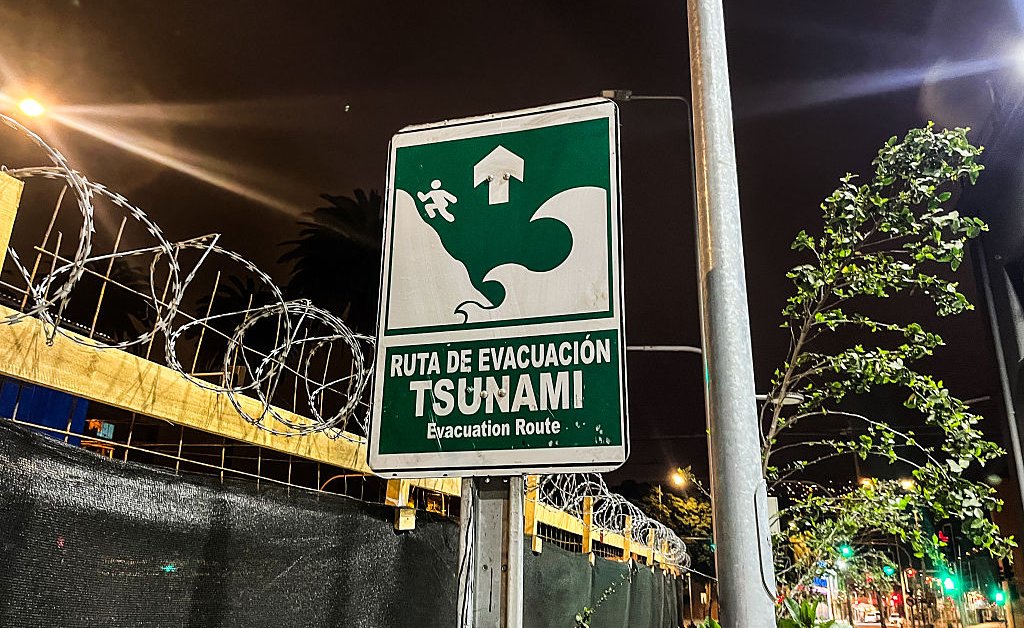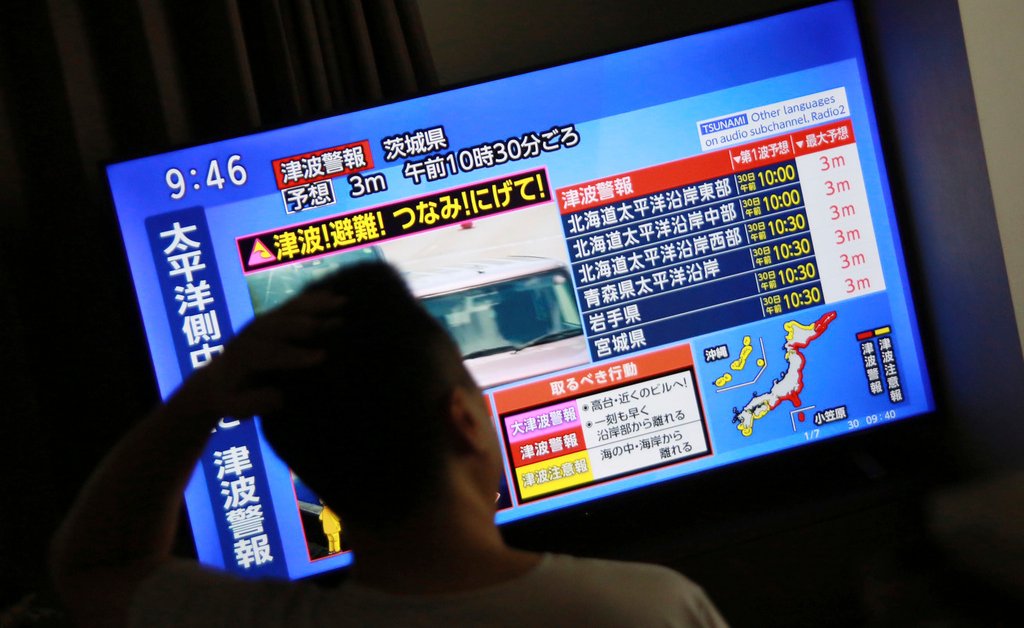Tsunami Preparedness: Your Action Plan For Before, During, And After A Tsunami

Welcome to your ultimate source for breaking news, trending updates, and in-depth stories from around the world. Whether it's politics, technology, entertainment, sports, or lifestyle, we bring you real-time updates that keep you informed and ahead of the curve.
Our team works tirelessly to ensure you never miss a moment. From the latest developments in global events to the most talked-about topics on social media, our news platform is designed to deliver accurate and timely information, all in one place.
Stay in the know and join thousands of readers who trust us for reliable, up-to-date content. Explore our expertly curated articles and dive deeper into the stories that matter to you. Visit Best Website now and be part of the conversation. Don't miss out on the headlines that shape our world!
Table of Contents
Tsunami Preparedness: Your Action Plan for Before, During, and After a Tsunami
Tsunamis – these catastrophic walls of water – are a terrifying force of nature, capable of devastating coastal communities in minutes. While we can't prevent them, we can significantly reduce their impact through thorough preparation. This comprehensive guide outlines crucial steps for tsunami preparedness, covering actions to take before, during, and after a tsunami strikes. Understanding these steps is vital for protecting yourself and your loved ones.
Before the Tsunami: Building Your Resilience
Preparation is key to surviving a tsunami. Don't wait for a warning; proactive measures are crucial.
-
Know Your Risk: Are you living in a tsunami-prone area? Check the National Oceanic and Atmospheric Administration (NOAA) website () or your local emergency management agency for risk assessments and evacuation maps. Understanding your risk level is the first step towards effective preparedness.
-
Develop an Evacuation Plan: Identify multiple evacuation routes, including primary and secondary escape paths. Practice these routes with your family, knowing the quickest ways to higher ground or designated evacuation zones. Time is of the essence during a tsunami.
-
Create a Family Communication Plan: Establish a meeting point outside the immediate danger zone. Designate an out-of-area contact person who can relay information between family members. Cell service may be down during a disaster, so having a backup plan is essential.
-
Prepare a Go-Bag: This emergency kit should contain essential supplies such as water (at least one gallon per person per day), non-perishable food, a first-aid kit, medications, flashlights, a battery-powered radio, and important documents (copies of IDs, insurance policies, etc.). Remember to include sturdy shoes and warm clothing.
-
Strengthen Your Home: While completely tsunami-proofing your home is impossible, you can take steps to mitigate damage. This might include reinforcing structures, elevating essential appliances, and installing flood barriers (where appropriate and feasible). Consult with a structural engineer for advice tailored to your specific location and home.
During the Tsunami: Your Survival Actions
When a tsunami warning is issued, act swiftly:
-
Evacuate Immediately: Don't wait for visual confirmation of the tsunami. Follow your pre-planned evacuation route to higher ground or a designated evacuation zone. Remember that even a small tsunami can be dangerous.
-
Head Inland or to Higher Ground: The further inland you go, the safer you are. Seek elevation as quickly as possible. Remember that the initial wave may not be the largest.
-
Seek Shelter: Once you are in a safe location, stay there until authorities declare it safe to return. Listen to emergency broadcasts for updates and instructions.
-
Stay Away from the Coastline: The danger remains for several hours after the initial wave, with subsequent waves potentially being even larger. Avoid the coast until the all-clear is given.
After the Tsunami: Recovery and Resilience
The aftermath of a tsunami can be devastating.
-
Check for Injuries: Assess yourself and others for injuries and seek medical attention if needed.
-
Report Damage: Contact emergency services to report any damage or injuries.
-
Follow Official Instructions: Listen to local authorities for instructions on returning home, accessing essential services, and receiving assistance.
-
Be Aware of Aftershocks and Secondary Hazards: Tsunamis can trigger other hazards, including landslides and flooding. Remain vigilant and follow safety guidelines.
Conclusion:
Tsunami preparedness is not just about survival; it's about building resilience within your community. By taking proactive steps, you can significantly reduce the risk to yourself and your family. Remember, preparation is the best defense against the destructive power of a tsunami. Stay informed, stay prepared, and stay safe.

Thank you for visiting our website, your trusted source for the latest updates and in-depth coverage on Tsunami Preparedness: Your Action Plan For Before, During, And After A Tsunami. We're committed to keeping you informed with timely and accurate information to meet your curiosity and needs.
If you have any questions, suggestions, or feedback, we'd love to hear from you. Your insights are valuable to us and help us improve to serve you better. Feel free to reach out through our contact page.
Don't forget to bookmark our website and check back regularly for the latest headlines and trending topics. See you next time, and thank you for being part of our growing community!
Featured Posts
-
 Following The Russian Earthquake A Look At Global Tsunami History
Aug 01, 2025
Following The Russian Earthquake A Look At Global Tsunami History
Aug 01, 2025 -
 Arsenal Tottenham Hotspur Membership Friends Group Details Expires 31 07 2025
Aug 01, 2025
Arsenal Tottenham Hotspur Membership Friends Group Details Expires 31 07 2025
Aug 01, 2025 -
 Post Draft Adjustments J J Mc Carthys Experience At Vikings Camp
Aug 01, 2025
Post Draft Adjustments J J Mc Carthys Experience At Vikings Camp
Aug 01, 2025 -
 New Details Emerge Trumps Break With Epstein And The Mar A Lago Spa
Aug 01, 2025
New Details Emerge Trumps Break With Epstein And The Mar A Lago Spa
Aug 01, 2025 -
 July 28 2025 Powerball Results Jackpot Winner And Winning Numbers Revealed
Aug 01, 2025
July 28 2025 Powerball Results Jackpot Winner And Winning Numbers Revealed
Aug 01, 2025
